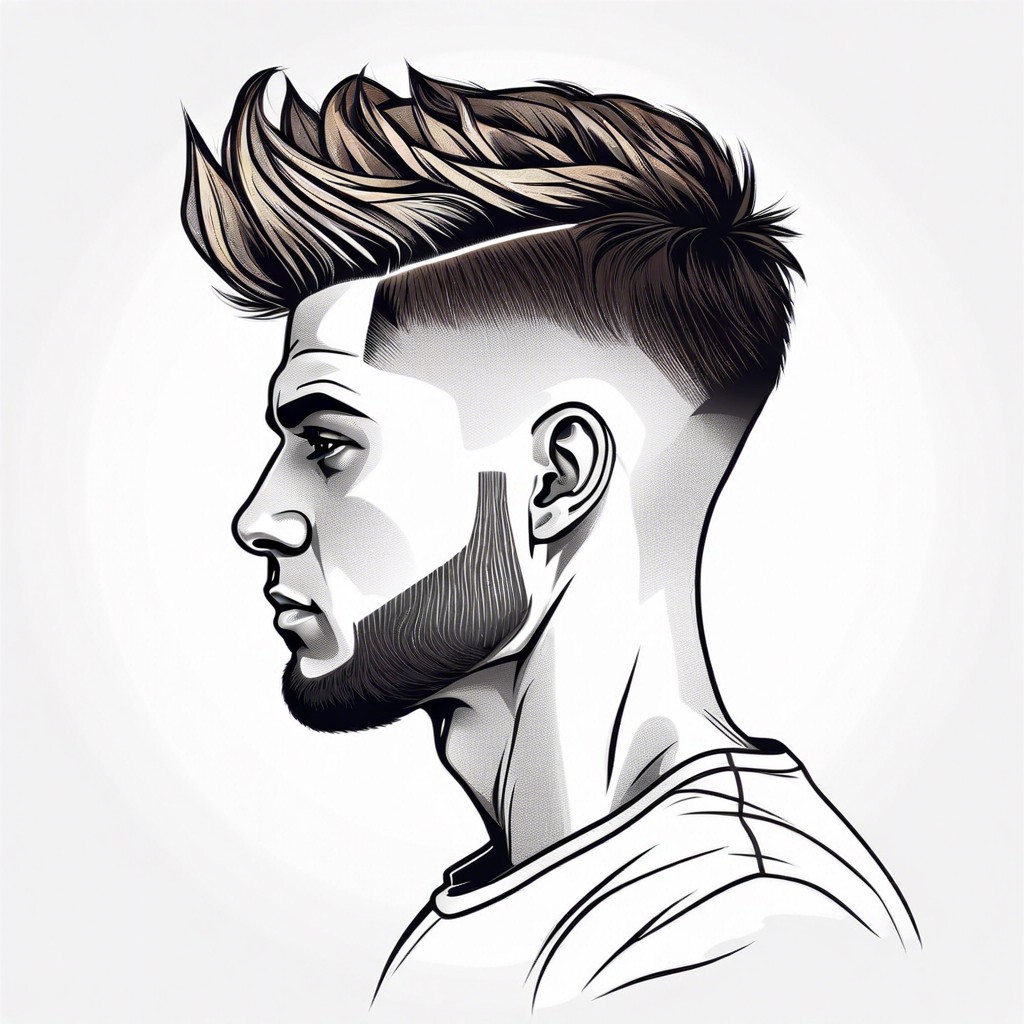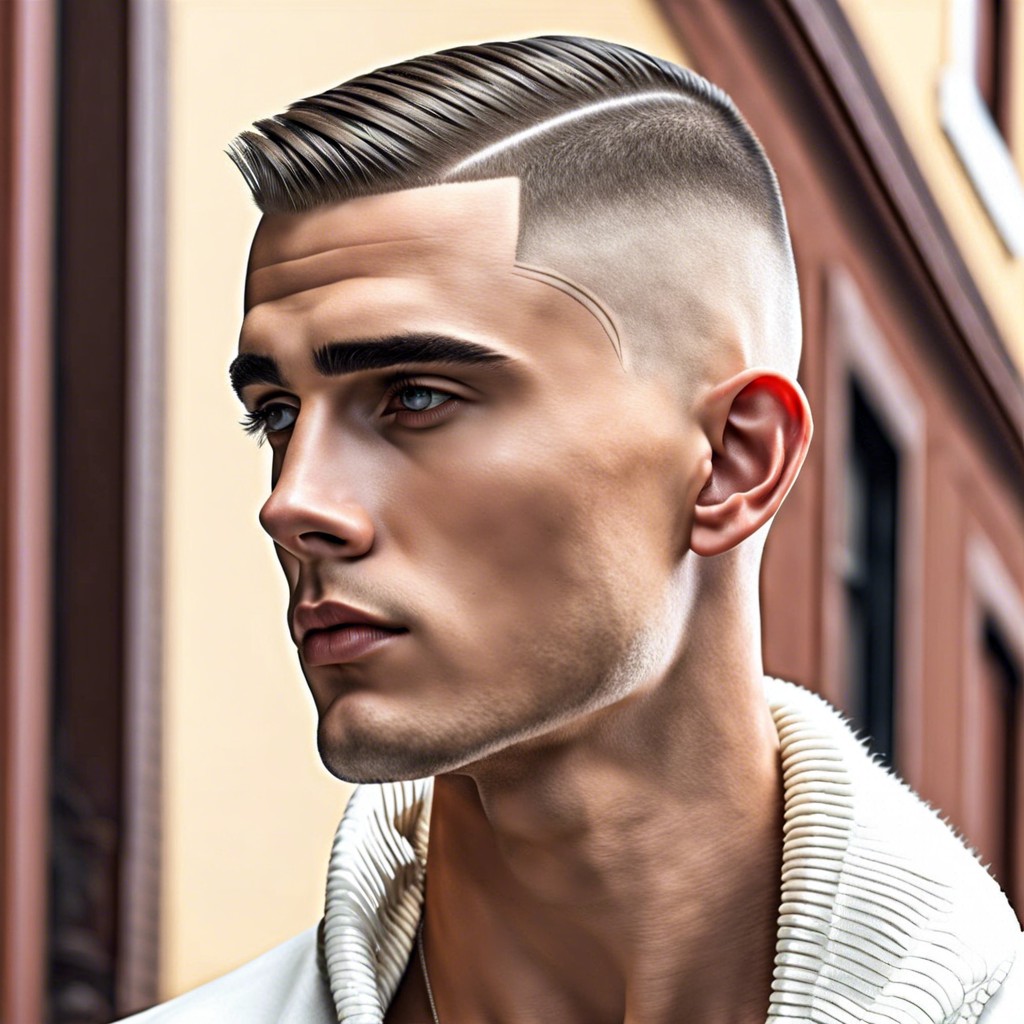Learn to distinguish between curly and wavy hair and identify which category your locks fall into.
Water Test: Wet Your Hair to See If It Forms Ringlets (curly) or Loose Waves (wavy)
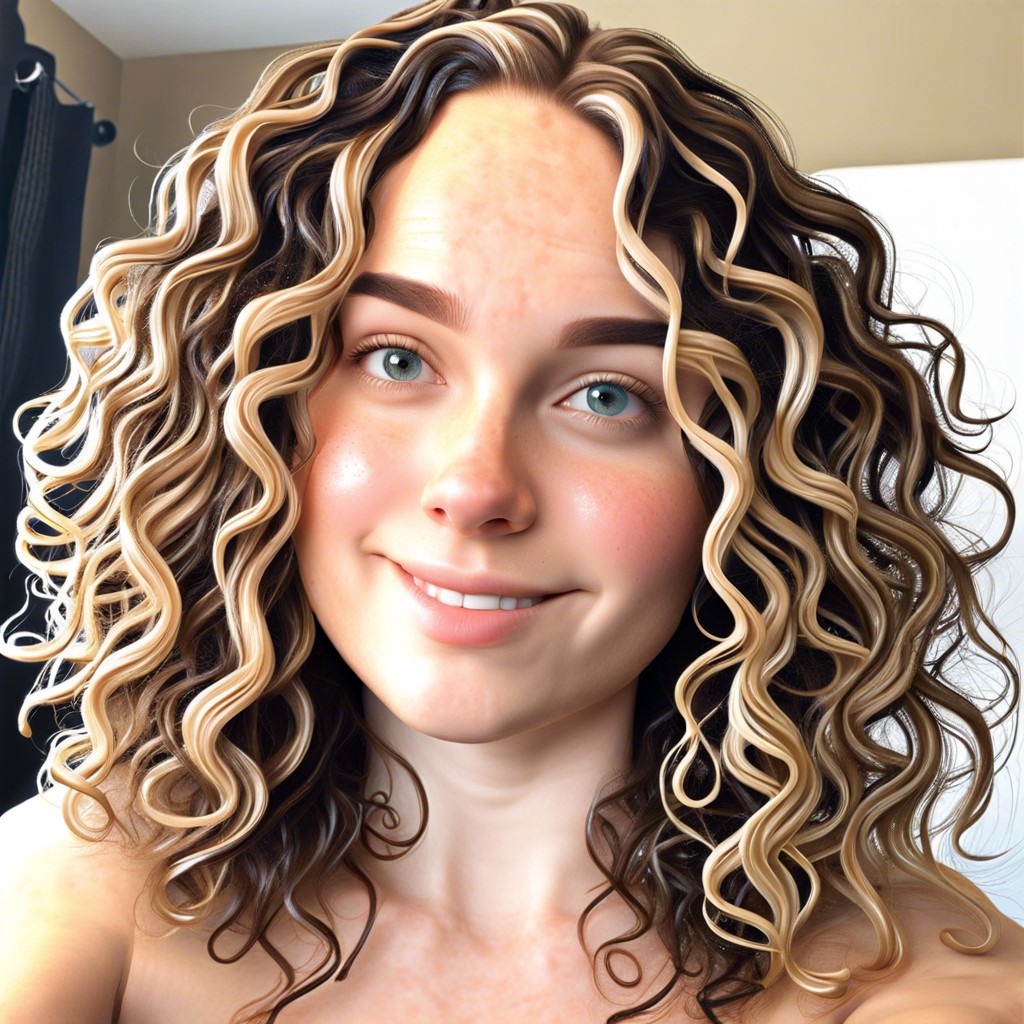
Dampen strands and observe if they coil tightly or fall into gentle bends to determine your hair’s texture.
Wash-and-Go: Observe Your Hair’s Texture Without Styling Products
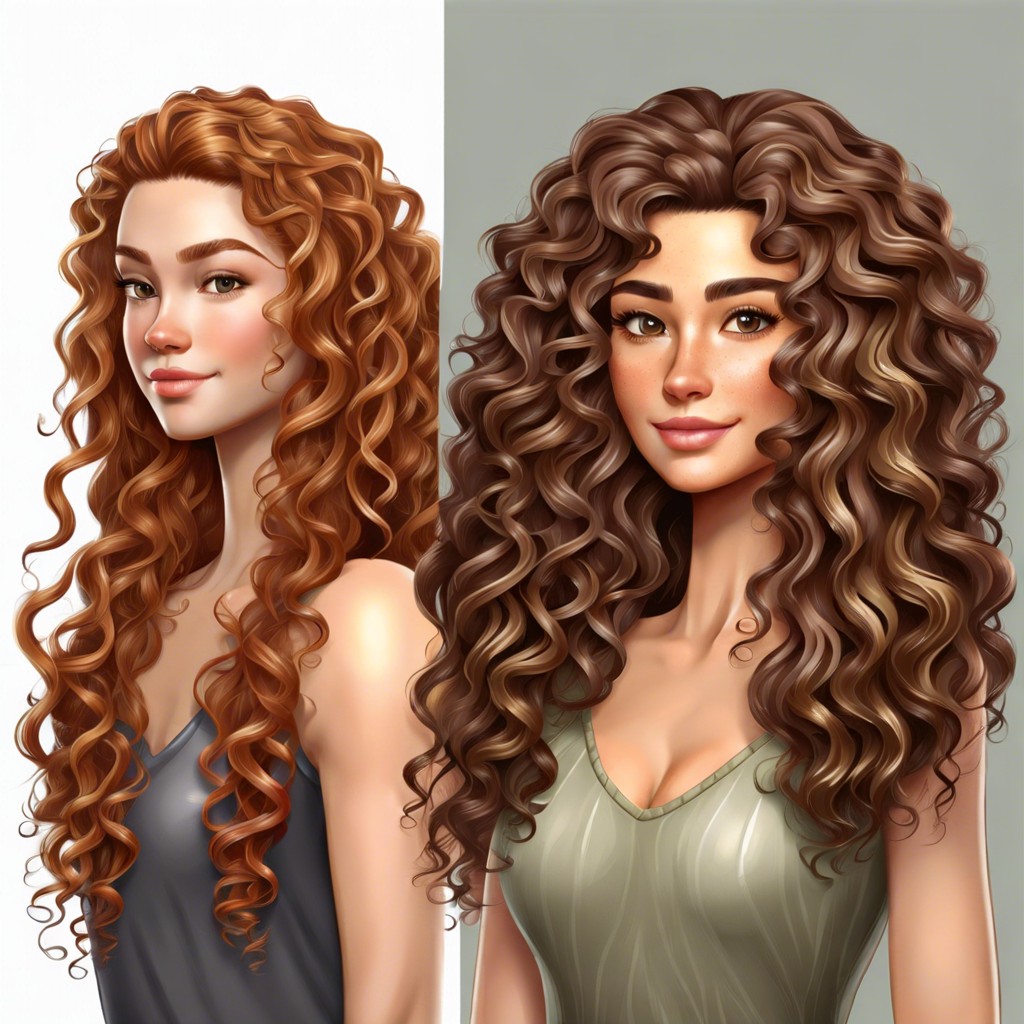
The Wash-and-Go method allows you to examine your locks’ natural pattern post-shower, free from the influence of products or tools.
Stretch Test: Gently Pull a Strand and Release to Check for a Springy, Tight Curl Vs. a Soft, Loose Wave
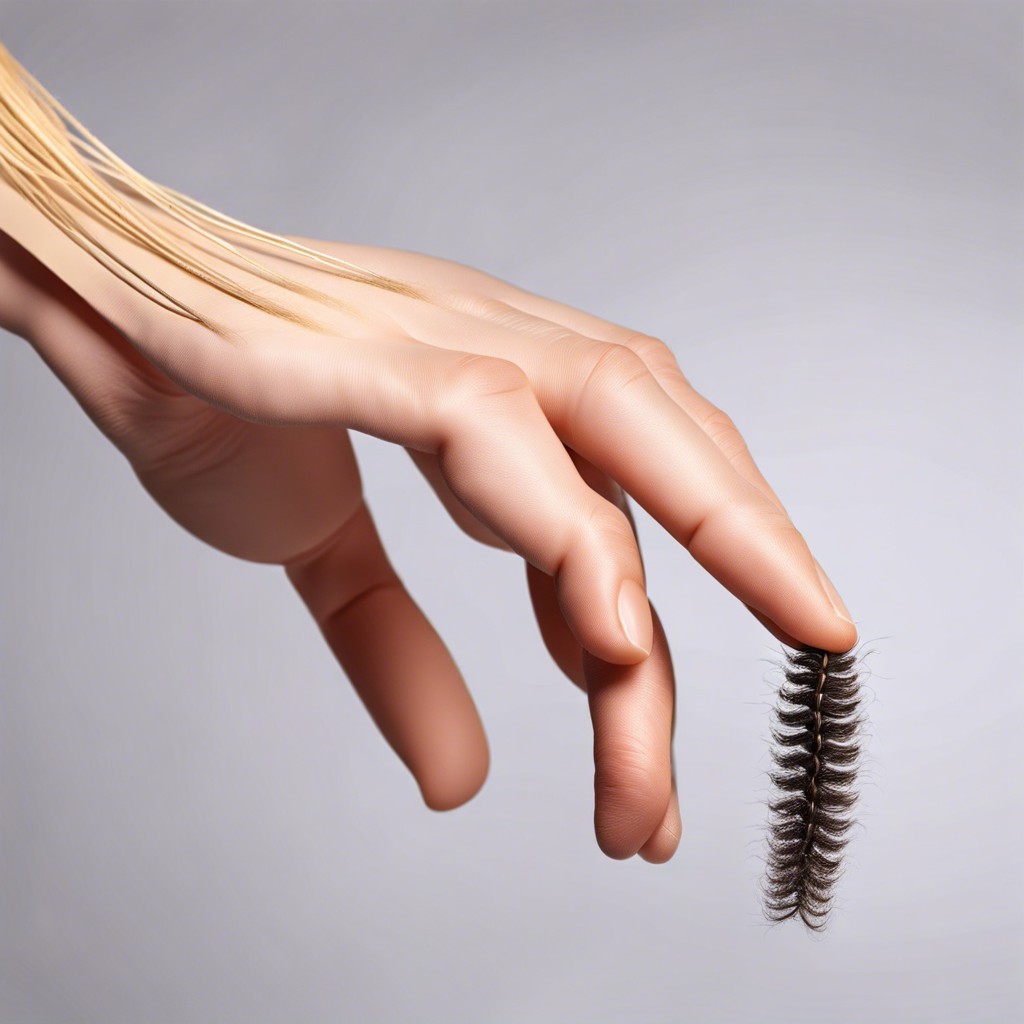
The stretch test involves pulling a strand to determine curl elasticity — a quick snap back suggests tighter curls, while a gentle return indicates waves.
Silhouette Profile: Compare Your Hair’s Side Profile to Pictures of Curly Vs. Wavy Hair Types
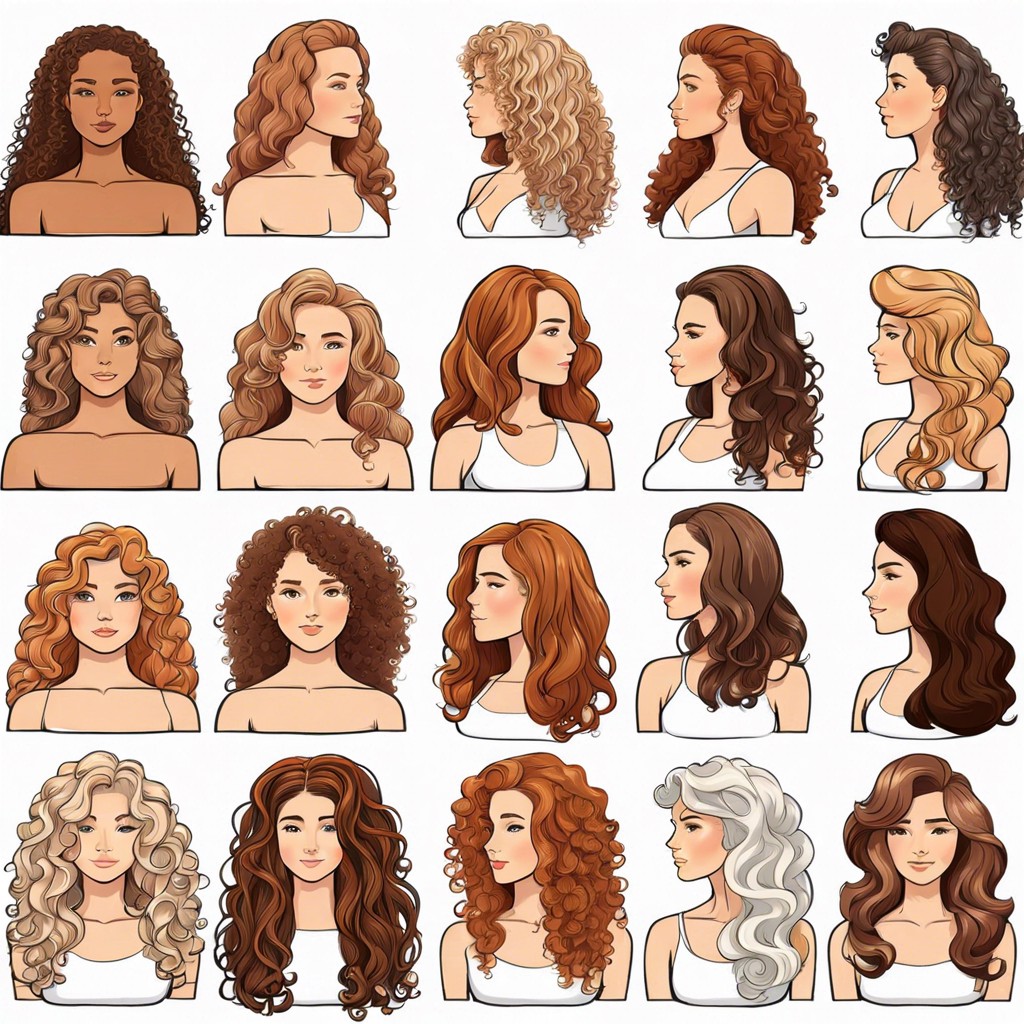
Hold a mirror to the side and scrutinize the silhouette of your hair; does it cascade in soft bends or coil into spring-like ringlets when matched with visual references?
Air Dry: Notice If Hair Dries Into Tight Coils (curly) or Gentle Bends (wavy)
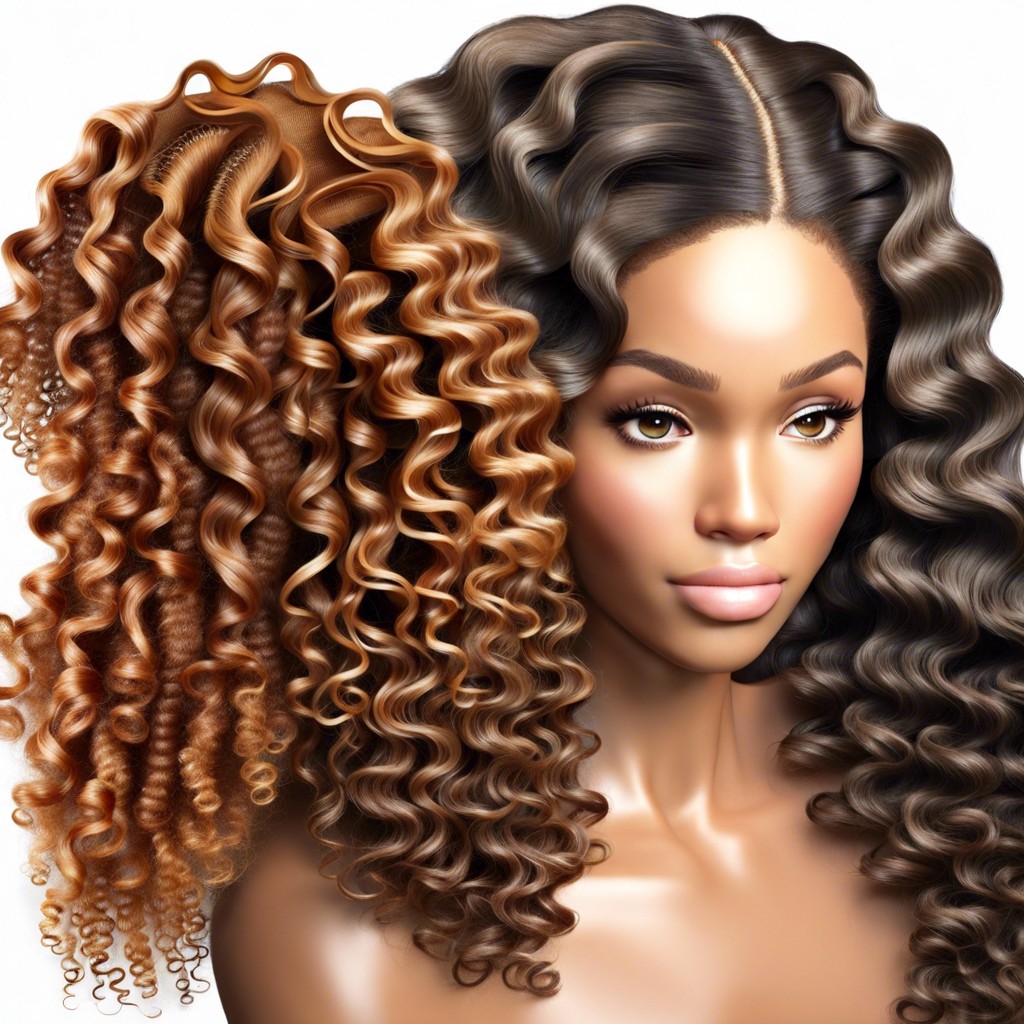
Observe your hair after it air dries; tight coils signal curls, while softer, looser bends suggest waviness.
Finger Twirl: Twist a Section Around Your Finger to See the Curl’s Resilience
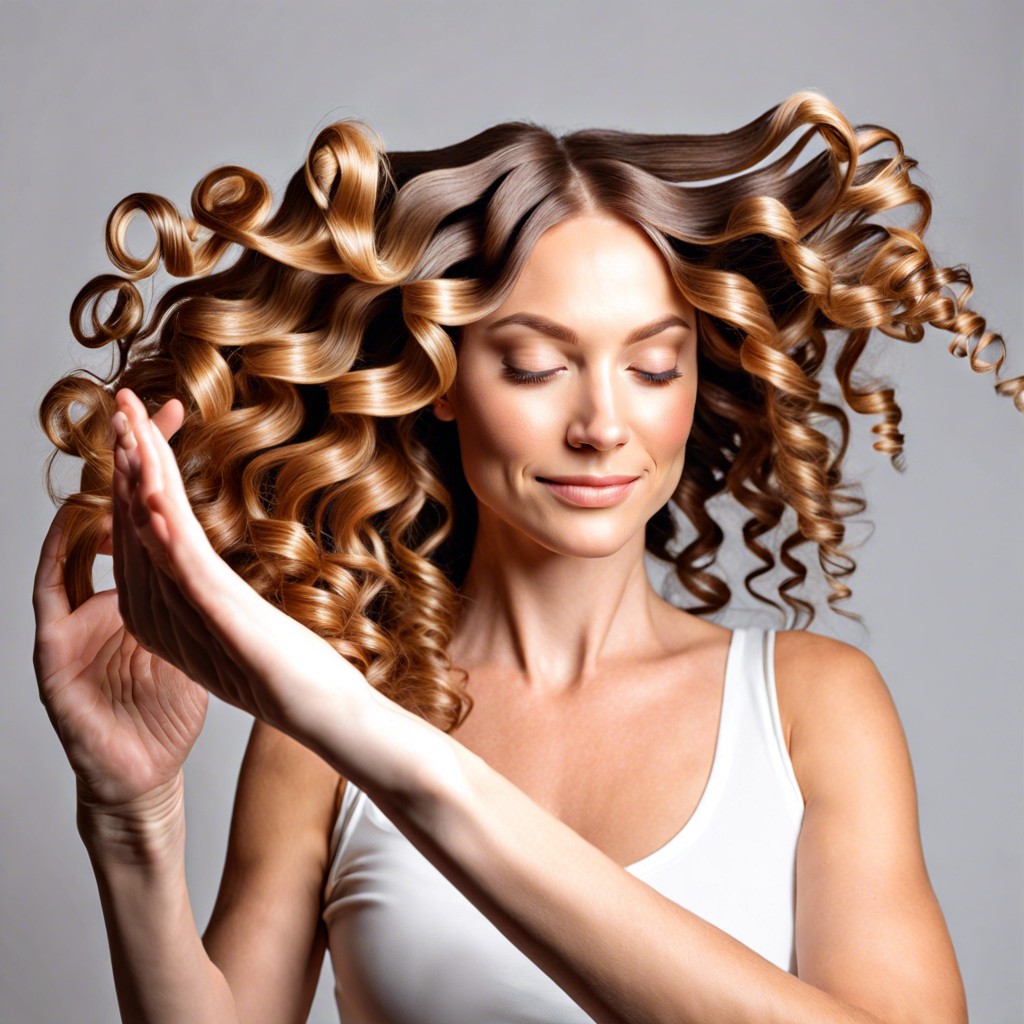
Testing the resilience of your curls with the finger twirl technique can distinguish whether you’re dealing with springy curls or more relaxed waves.
Product-Free: Analyze Your Hair’s Natural Shape Without Any Hair Products
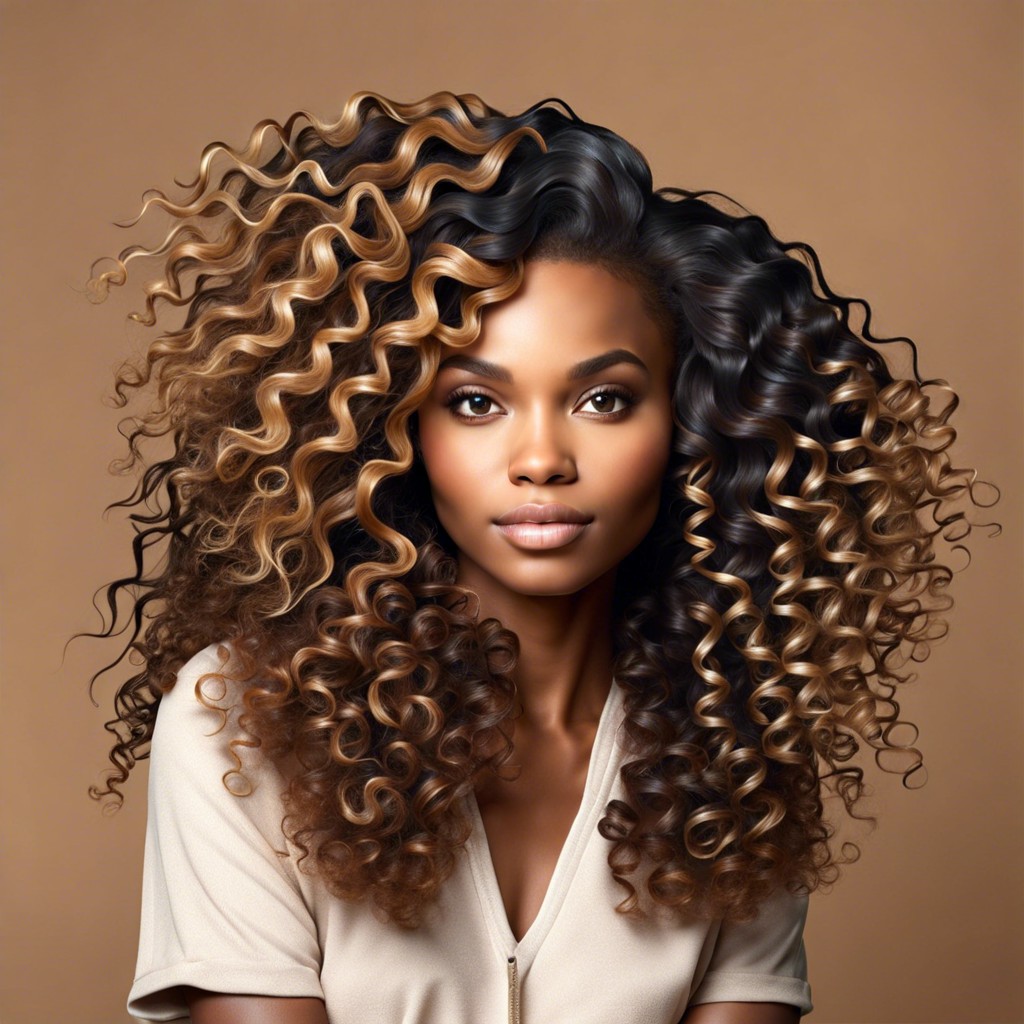
Assessing your hair in its natural state offers a clear view of its authentic texture and wave pattern.
Curl Pattern Chart: Use a Chart to Match Your Hair Pattern to Defined Curl Types
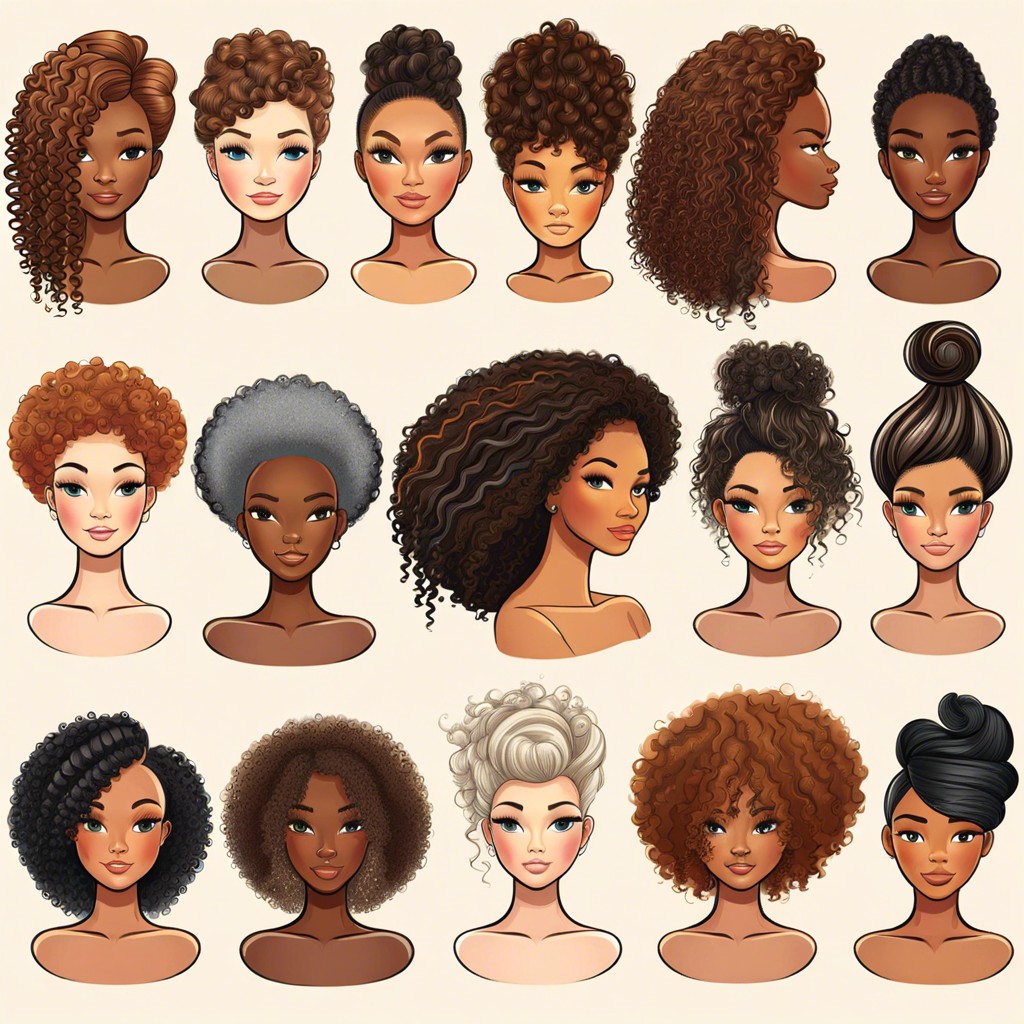
A curl pattern chart assists in distinguishing your hair’s specific type by comparing it to standardized curl classifications.
Frizz Factor: More Frizz Often Indicates Curlier Hair Due to Cuticle Lifting
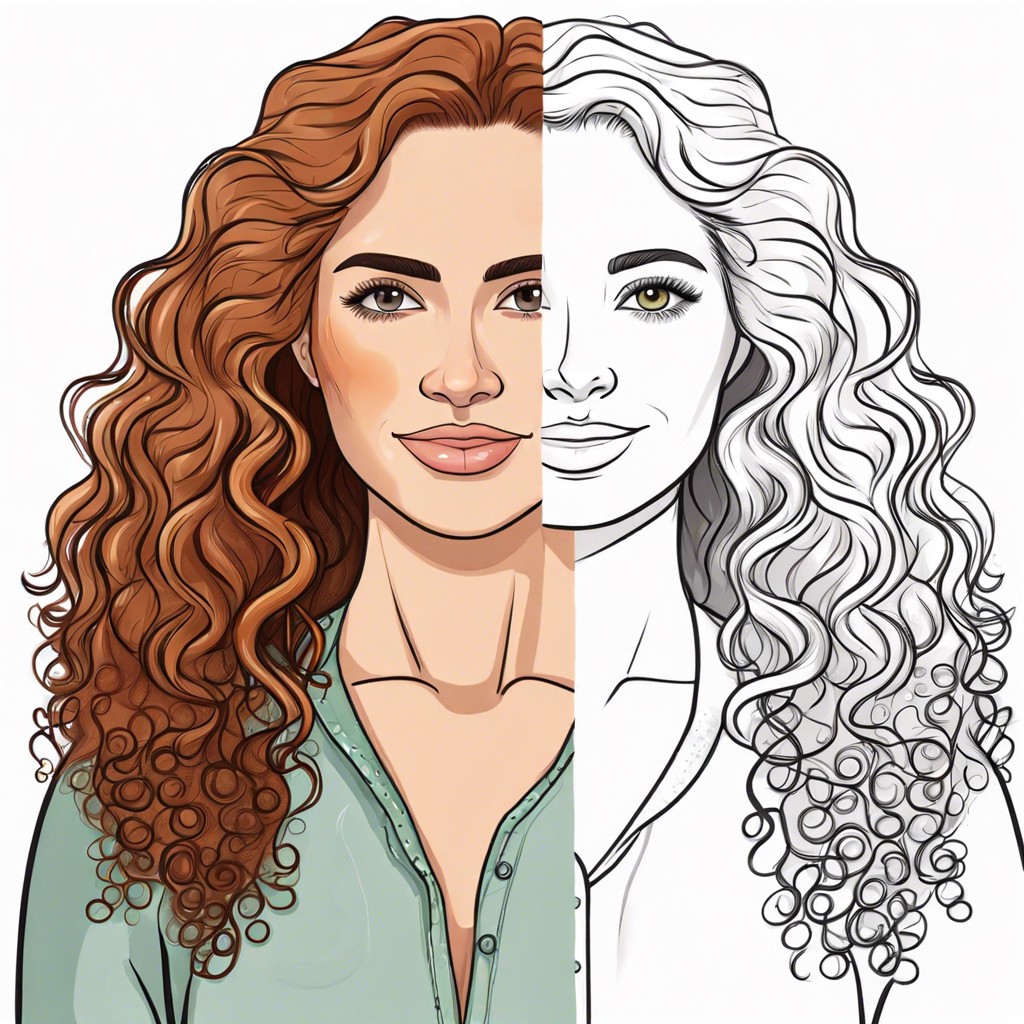
Curlier strands generally experience more frizz as the lifted cuticle creates a thirst for moisture in the air.
Comparison Pics: Compare Your Hair to Curated Images of Curly and Wavy Hairstyles Online
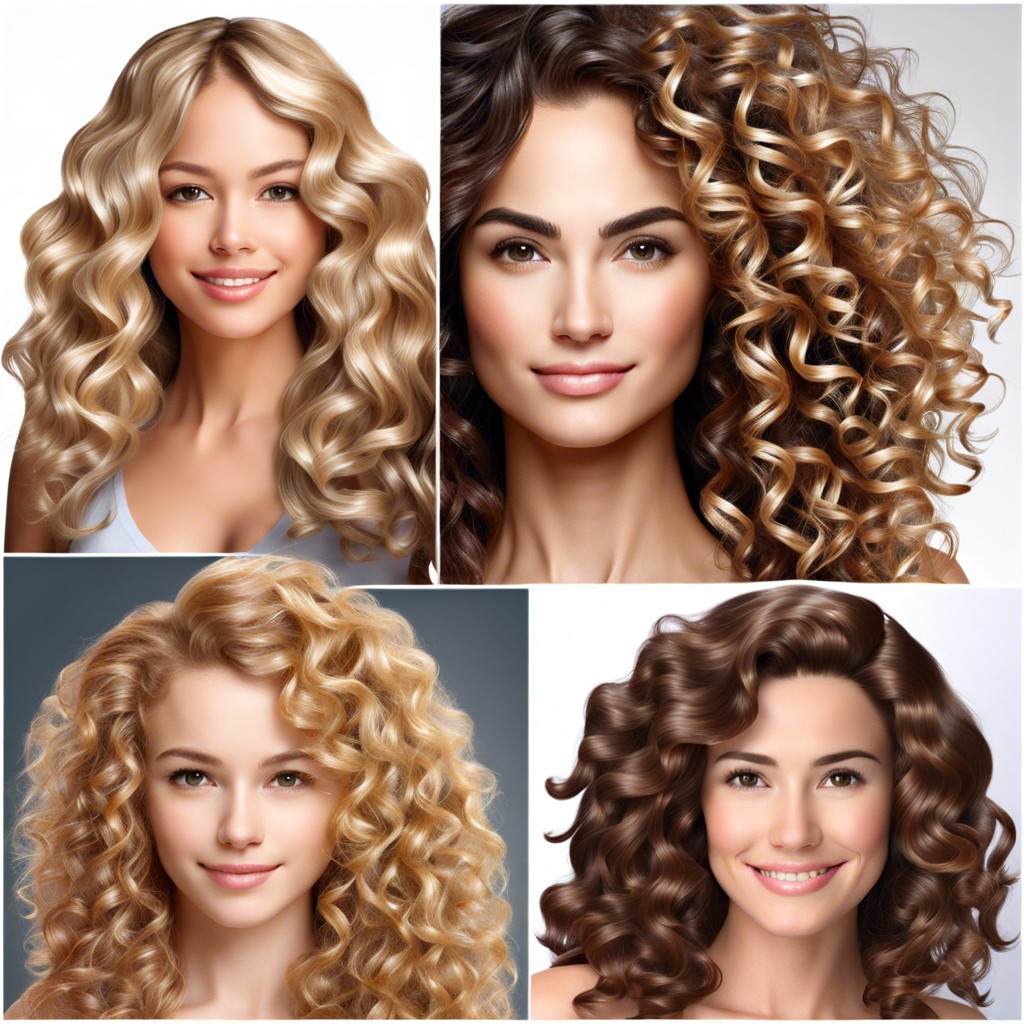
Perusing a selection of hairstyle photos can serve as a visual guide to pinpoint whether your locks align more closely with curly or wavy textures.
Volume Check: Curly Hair Typically Has More Volume Than Wavy Hair Due to the Tightness of Curls
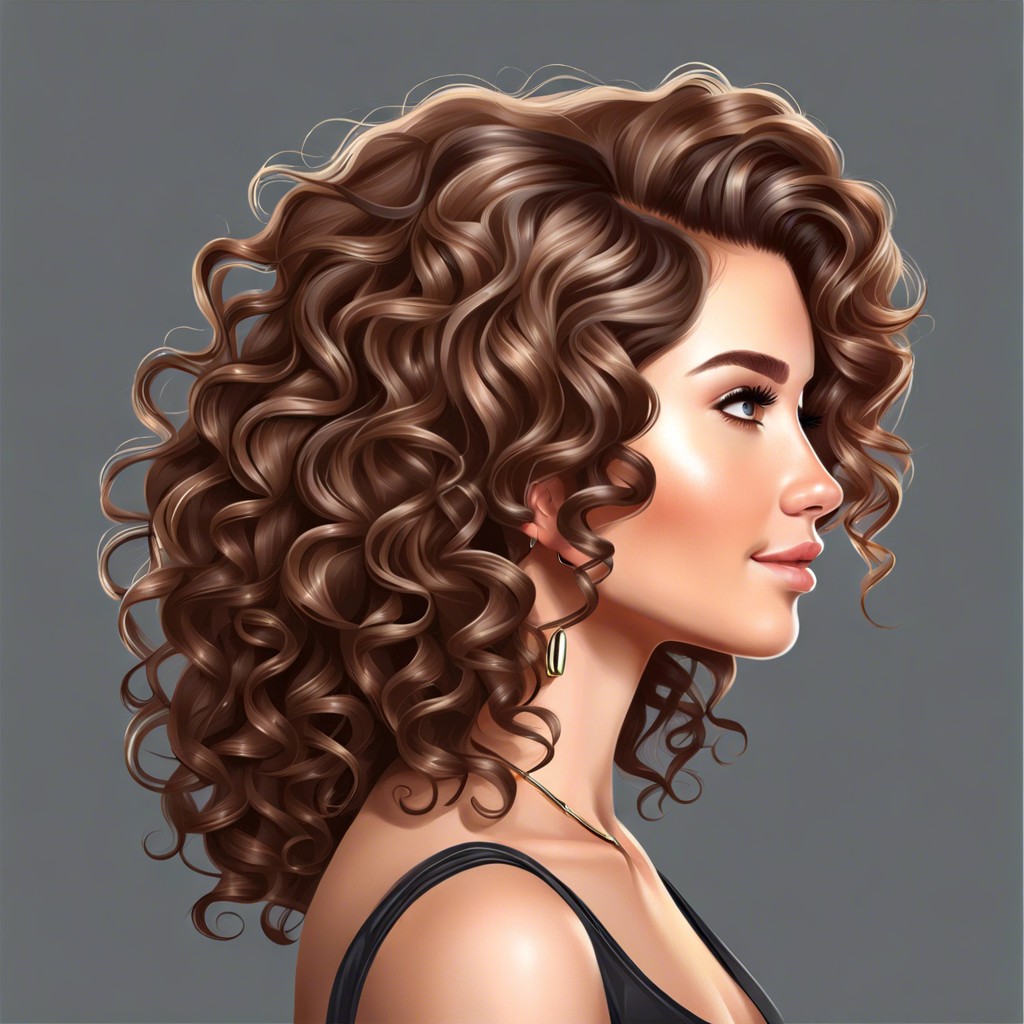
Assess your hair’s natural volume; tighter curls often give rise to greater lift and body.
Hair History: Recall If Your Hair Was Curly or Wavy in Childhood, Which Could Indicate Your Natural Type
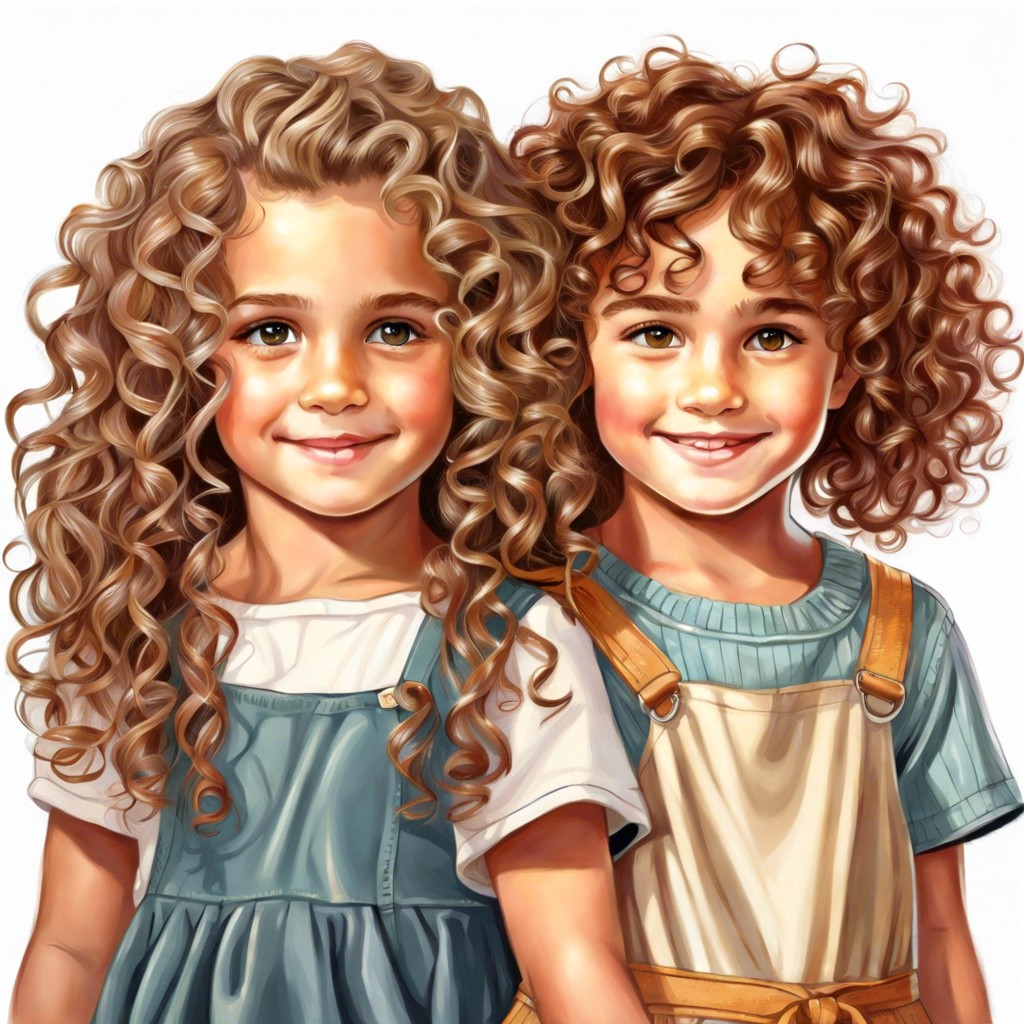
Childhood photos often serve as a reliable blueprint for your inherent hair texture.
Comb Reaction: Gently Comb Wet Hair to See If It Immediately Reverts to Curls or Stays Wavy
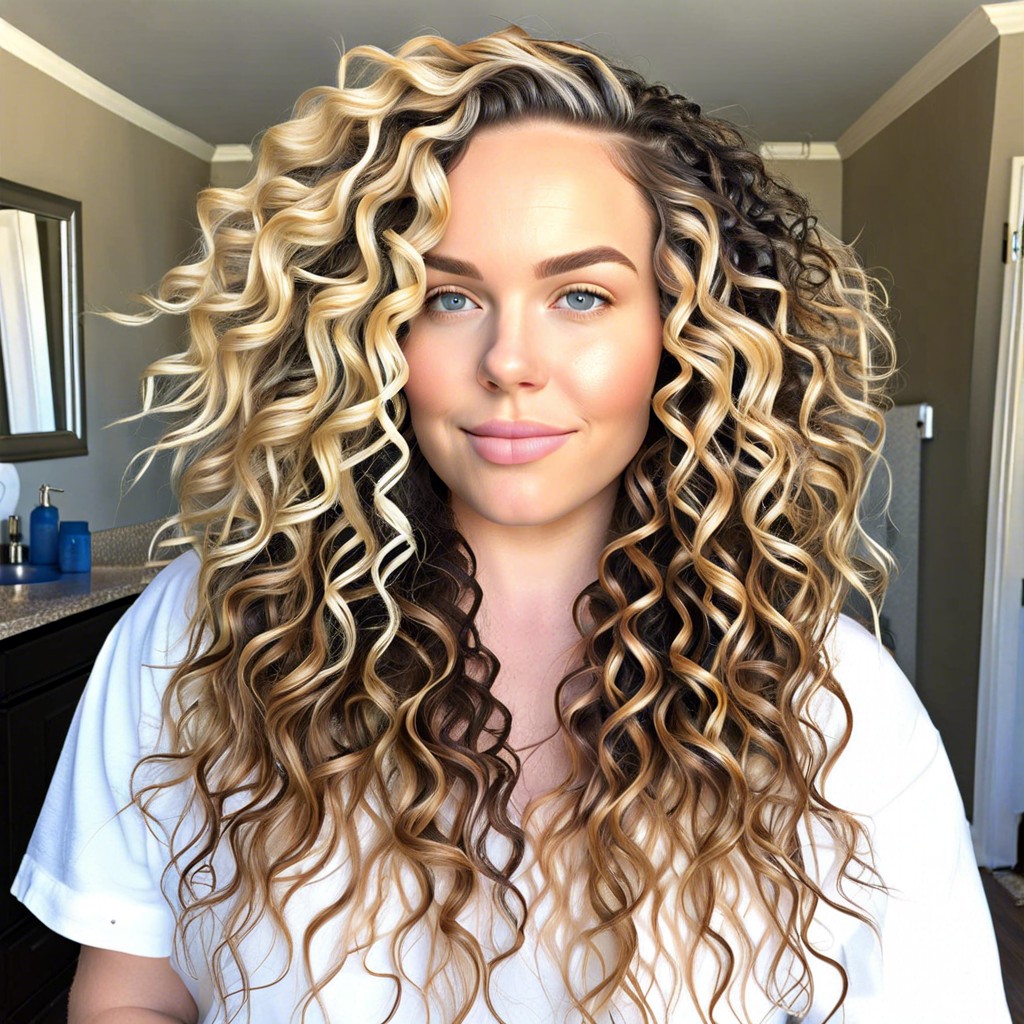
If your combed, wet strands spring back into curls rather than maintaining waves, you’re likely in the curly camp.
Styling Response: Note If Your Hair Tends to Hold Curls Well or Drops to Waves With Heat Styling
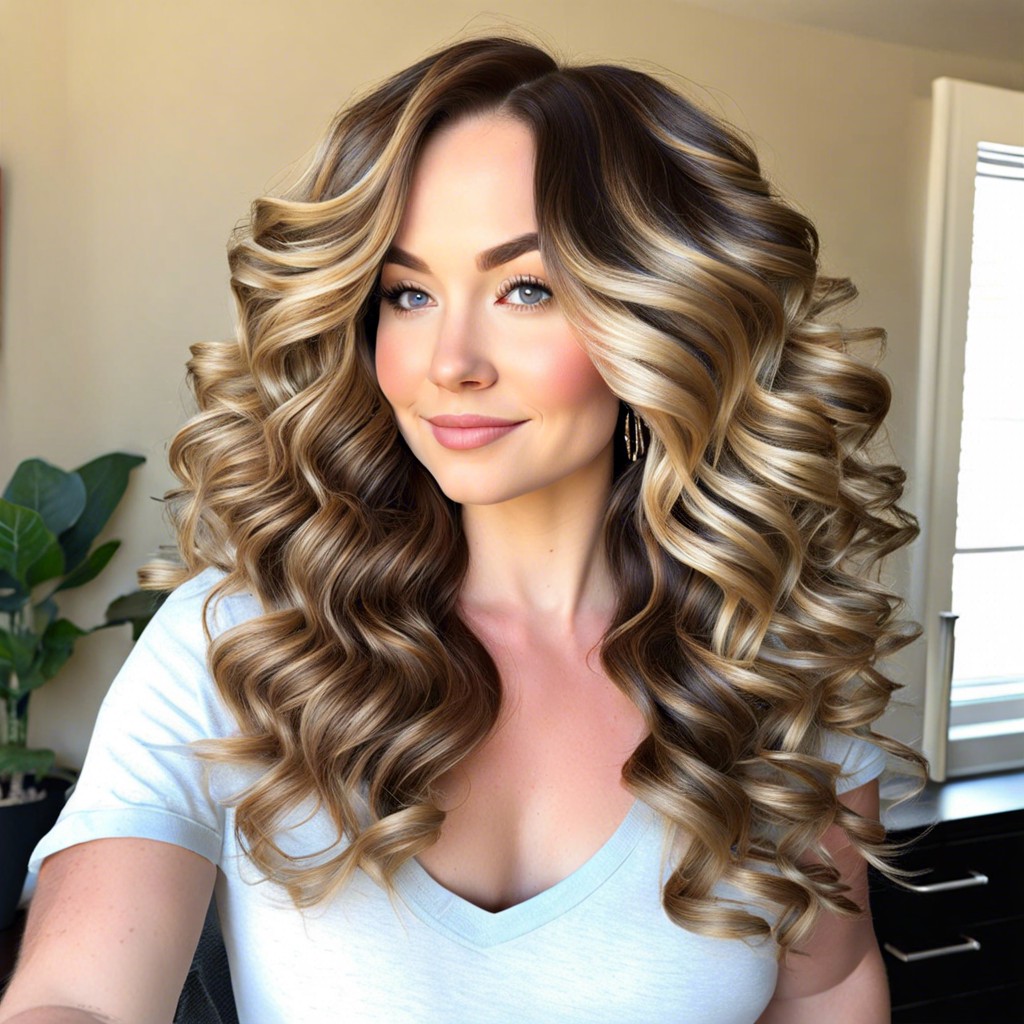
Heat styling can be revealing; if your hair easily maintains curls with a curling iron but naturally falls into waves as it cools, this suggests a wavy hair type.
Professional Consult: Visit a Hairstylist With Expertise in Curly and Wavy Hair Types for an Assessment
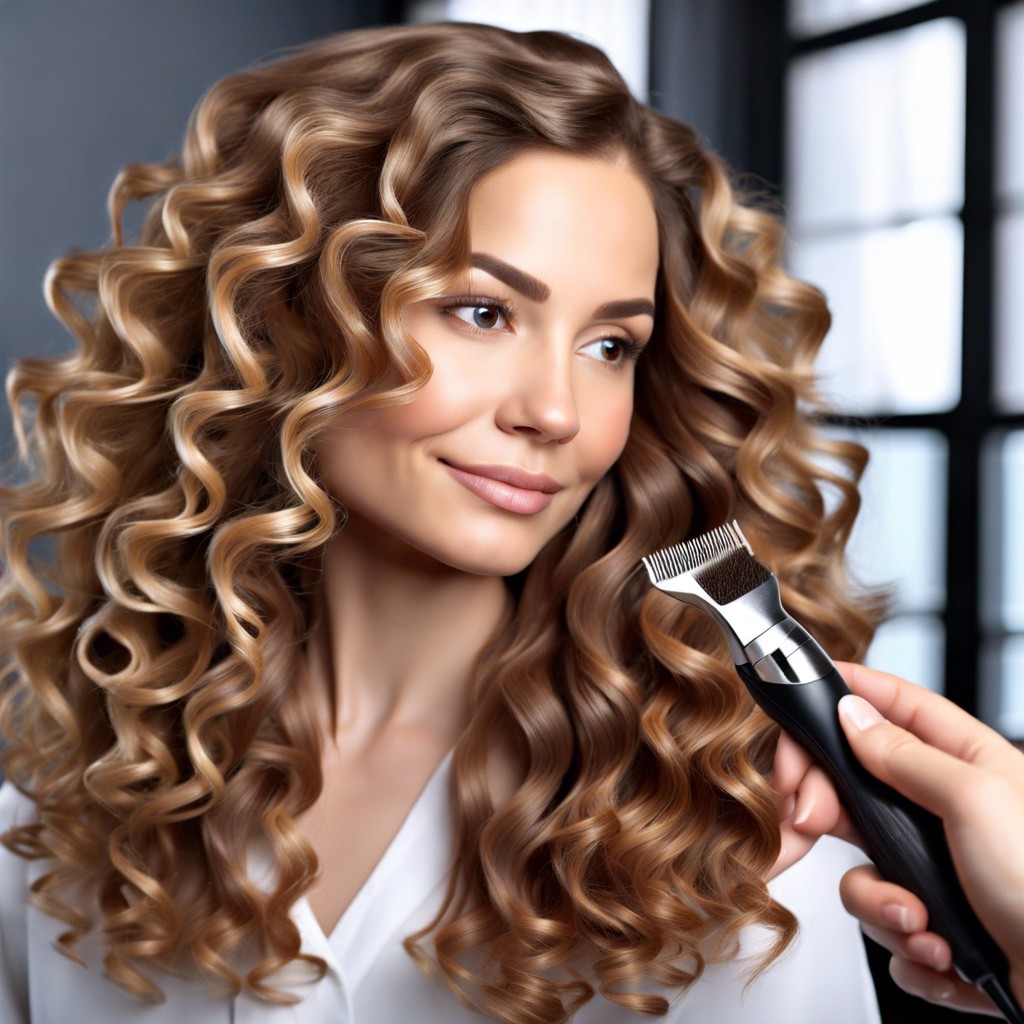
Consulting a specialized hairstylist provides a professional assessment of your hair type, confirming if it’s curly or wavy.
